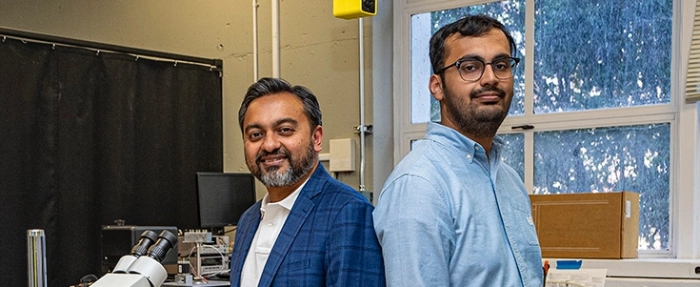
New microcapacitor tech has 170x more power density
Scientists at Lawrence Berkeley National Laboratory have created a new thin film microcapacitor technology that could transform the size and energy efficiency of personal electronic devices.
In a paper published in Nature, the researchers described the performance breakthroughs achieved by their microcapacitors, which they made with engineered thin films of hafnium oxide and zirconium oxide.
They reported that, compared to the best electrostatic capacitors today, these microcapacitors have 9x higher energy density and 170x higher power density (80 mJ-cm-2 and 300 kW-cm-2, respectively). The researchers used materials and fabrication techniques already widespread in chip manufacturing to make the new product.
There is, of courses a huge upside to any improvement in power saving and miniaturisation of today's electronic devices. The key to improvement is moving energy storage directly onto microchips, which reduces the losses incurred when power is transported between various device components. The challenge is that on-chip energy storage must be able to store a large amount of energy in a very small space and deliver it quickly when needed. Existing technologies cannot do this. The Lawrence Berkeley National Laboratory team believe their new tech can.
“For the first time, we’ve shown that electrostatic energy storage capacitors are approaching the areal energy densities of electrochemical supercapacitors — and even commercial lithium-ion microbatteries,” said Suraj Cheema, a postdoctoral researcher in UC Berkeley’s Department of Electrical Engineering and Computer Sciences and co-lead author of the study. “This could expand the application space of electrostatic capacitors and help realize on-chip microcapacitors for size-restricted devices like self-powered implantable bioelectronics, advanced edge computing units, and microrobots.”



